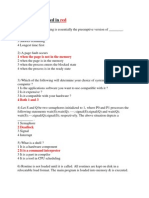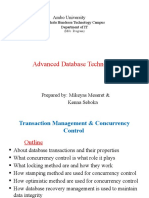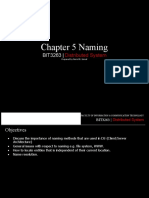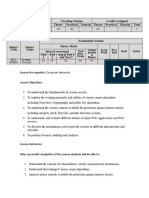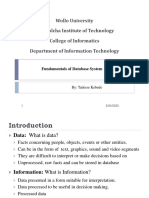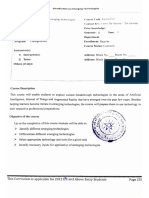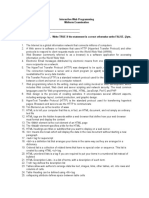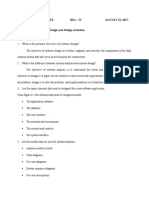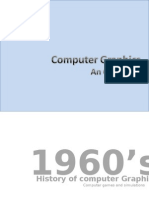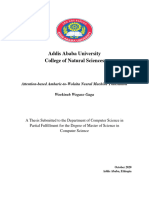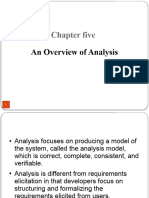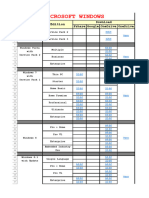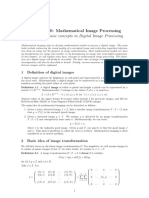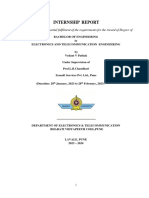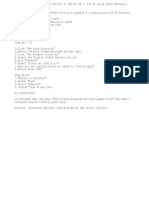0% found this document useful (0 votes)
84 views19 pagesSoftware Analysis for CS Students
Uploaded by
Ayano BoresaCopyright
© © All Rights Reserved
We take content rights seriously. If you suspect this is your content, claim it here.
Available Formats
Download as PPTX, PDF, TXT or read online on Scribd
0% found this document useful (0 votes)
84 views19 pagesSoftware Analysis for CS Students
Uploaded by
Ayano BoresaCopyright
© © All Rights Reserved
We take content rights seriously. If you suspect this is your content, claim it here.
Available Formats
Download as PPTX, PDF, TXT or read online on Scribd
/ 19








